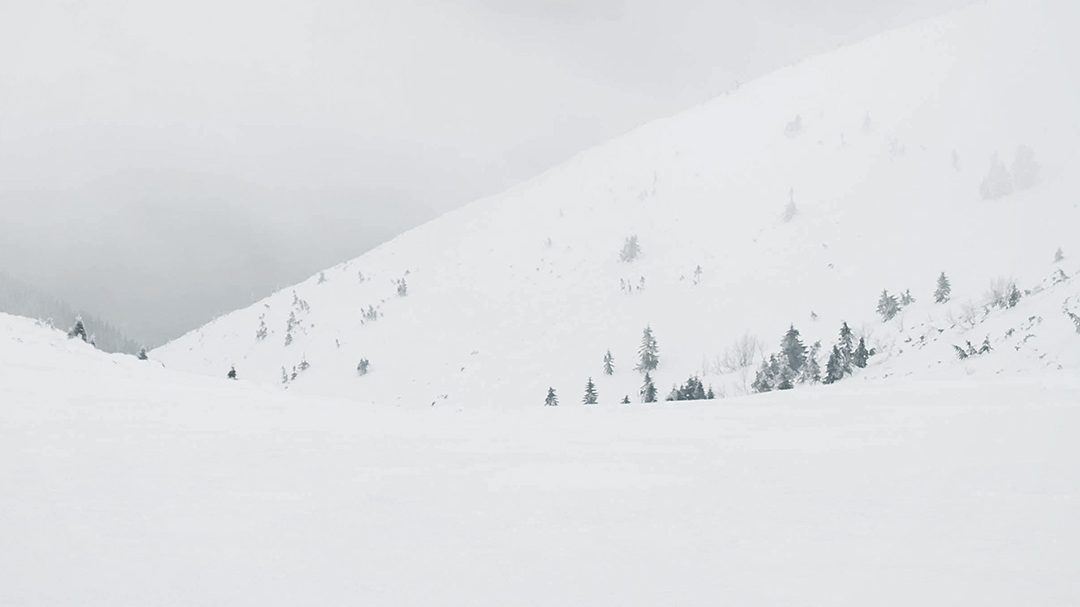The tragedy of the yeti
is how much the yeti loves to garden.
It has a knack for cultivating shrubs,
a gentle claw shaped vaguely like a trowel.
It speaks to every plant as though it is
a yeti child. It prunes them with the caress
of a painter smoothing a portrait’s edge.
Its eyelids squint upward, heavy with gratitude.
Its crops struggle. They frighten easily,
dream of frost, quenched thirst. Shiver often.
The landscape is mercurial, lonesome,
and challenging for flowers.
The yeti quilts the roots with dirt crumbs,
and feeds them with its mumbled songs.
This is why the yeti is so often seen
at the Himalayas’ snow line;
the alpine tundra thick with complicated carpet,
snow eking down the nearby hills.
Ecologists claim the structured chaos of the forest-
tundra ecotone is due to wind pruning, but it is not.
It is the careful springtime labor of the passionate
yeti who loves what it loves.
CHRISTINA BEASLEY is a poet and public servant in Washington, D.C. She received her master’s degree from Georgetown University and is an assistant poetry editor with Barrelhouse. Her poetry has or will appear in Atlanta Review, Hobart, The Pinch, Into the Void, Watershed Review, The Binnacle, and other publications. She has done residencies with Virginia Quarterly Review, Atlantic Center for the Arts, and Southern Illinois University.
Like what you’re reading?
Get new stories sent to your inbox every Monday. Drop your email below to start >>>
OR Grab a Print Issue
Stories, poems and essays in a beautifully designed magazine you can hold in your hands.
GO TO ISSUES



